J-B Weld is a highly versatile steel-reinforced epoxy adhesive known for its exceptional bonding strength and durability. It is widely used for repairing and joining various materials, including metal, plastic, wood, and more. The product is particularly popular among DIY enthusiasts and professionals due to its ease of use and long-lasting results. J-B Weld is available in different formulations, such as the Original Cold-Weld formula, which sets at room temperature and fully cures within 24 hours. Once cured, it creates a bond that can withstand heavy stress, water, and extreme temperatures, making it ideal for automotive, industrial, and household repairs. Its ability to be shaped, filed, and drilled after curing adds to its versatility, ensuring it meets a wide range of project needs.
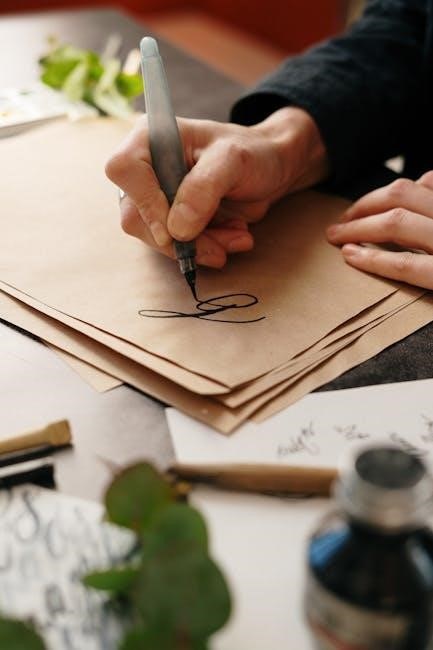
1.1 What is J-B Weld?
J-B Weld is a high-strength, steel-reinforced epoxy adhesive that is widely recognized for its exceptional bonding capabilities and durability. It is a two-part system consisting of a resin and a hardener, which, when mixed together, form a permanent bond that can withstand significant stress, heat, and environmental exposure. This versatile adhesive is commonly used for repairing and joining various materials, including metal, plastic, wood, and even concrete.
One of the key characteristics of J-B Weld is its steel reinforcement, which sets it apart from other adhesives. The steel particles in the formula provide added strength and durability, making it suitable for heavy-duty applications. Once cured, J-B Weld creates a bond that is not only strong but also resistant to water, chemicals, and extreme temperatures. This makes it a popular choice for automotive repairs, industrial applications, and household fixes alike.

J-B Weld comes in different formulations to cater to various needs. The Original Cold-Weld formula, for instance, is known for its ability to set at room temperature and fully cure within 24 hours. This version is particularly useful for applications where heat cannot be applied. On the other hand, J-B Weld KwikWood is a fast-setting putty that hardens in just 15 minutes, making it ideal for time-sensitive repairs. Another popular variant is SteelStik, a moldable epoxy stick that can be shaped and molded before hardening, offering greater flexibility for complex repairs.
The curing process of J-B Weld is a critical factor in its effectiveness. After mixing the resin and hardener in a 1:1 ratio, the adhesive begins to set within 4-6 hours at room temperature. However, it is important to allow the bond to cure fully, which typically takes 24 hours, to achieve its maximum strength. Once cured, J-B Weld can be filed, sanded, drilled, and even tapped, making it a practical solution for a wide range of projects.
J-B Weld is also known for its resistance to environmental factors. It can withstand temperatures ranging from -67°F to 500°F (-40°C to 260°C), making it suitable for use in extreme conditions. Additionally, it is resistant to water, gasoline, and other chemicals, ensuring that the bond remains intact even in harsh environments. This level of durability has made J-B Weld a trusted choice for professionals and DIY enthusiasts alike.
The versatility of J-B Weld is further evident in its wide range of applications. It is commonly used for repairing cracked engine blocks, fixing stripped threads, and bonding metal parts in automotive repairs. In industrial settings, it is often employed for repairing machinery and equipment. For household use, J-B Weld can be used to fix broken furniture, repair leaky pipes, and even restore damaged tools. Its ability to bond multiple materials makes it a go-to solution for many everyday repairs.
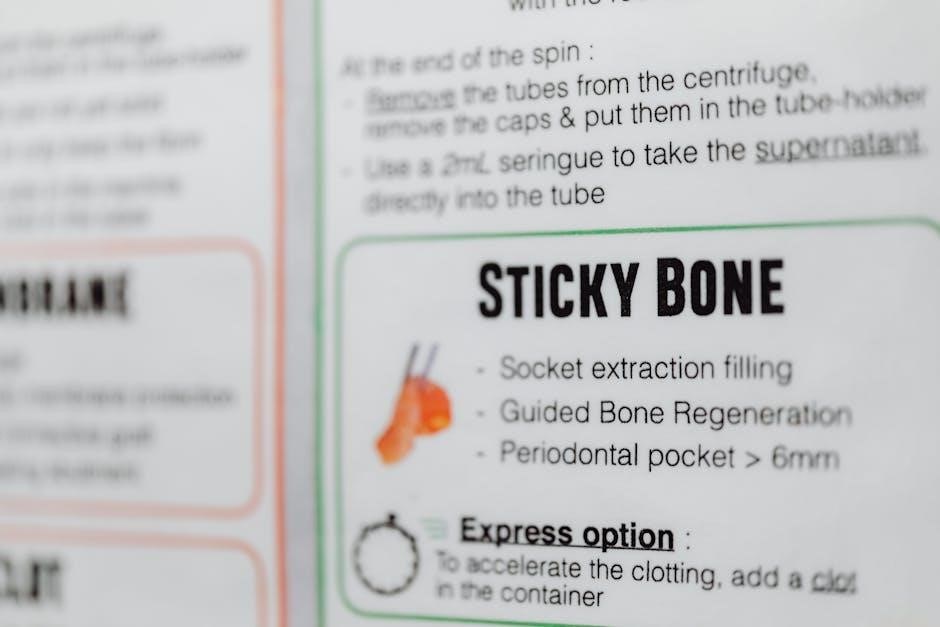
Safety Precautions
When working with J-B Weld, it is essential to follow proper safety precautions to ensure a safe and effective application. Always wear protective gloves, safety goggles, and a dust mask to avoid skin and eye irritation and inhalation of fumes. Work in a well-ventilated area or use a fan to dissipate any vapors. Keep the work area clear of flammable materials, as the fumes can ignite. Avoid contact with skin or eyes, as the adhesive and hardener can cause irritation. In case of skin contact, wash immediately with soap and water. If eye exposure occurs, flush with water for at least 15 minutes and seek medical attention. Properly dispose of unused materials according to local regulations. Always follow the instructions on the packaging for safe handling and application.
2.1 Essential Safety Tips
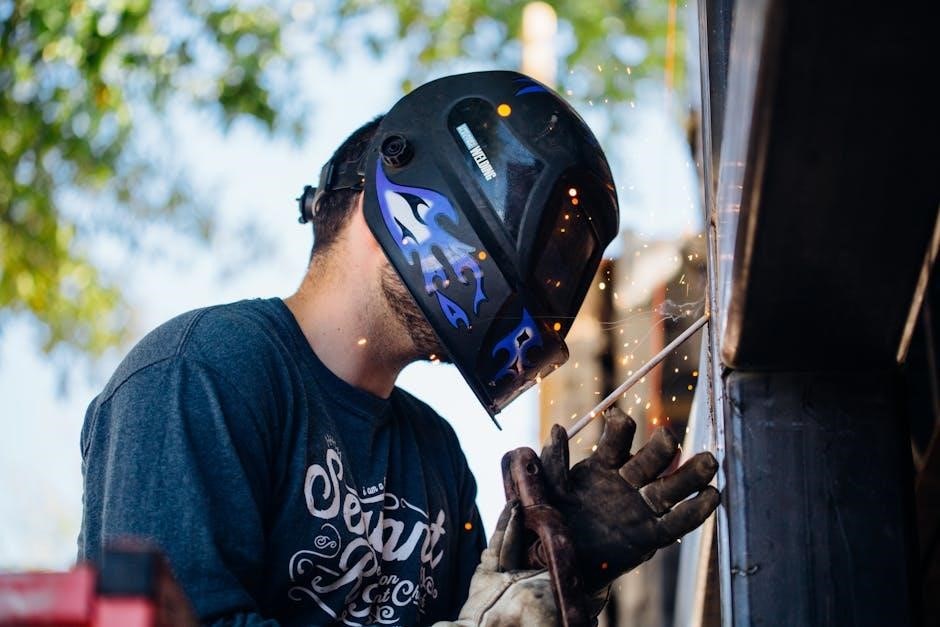
When working with J-B Weld, it is crucial to prioritize safety to avoid accidents and ensure a successful repair. The following essential safety tips will guide you in handling the product effectively and protecting yourself throughout the process.
- Wear Protective Gear: Always wear protective gloves, safety goggles, and a dust mask when handling J-B Weld. These items will shield your skin and eyes from potential irritation and prevent inhalation of fumes.
- Work in a Well-Ventilated Area: J-B Weld emits strong vapors during the mixing and curing process. Ensure your workspace is well-ventilated to prevent the accumulation of fumes. Open windows, use a fan, or work outdoors if possible.
- Avoid Skin and Eye Contact: The adhesive and hardener in J-B Weld can cause irritation. If accidental contact occurs, wash the affected area immediately with soap and water. For eye exposure, flush with water for at least 15 minutes and seek medical attention.
- Keep Flammable Materials Away: The fumes produced by J-B Weld can be flammable. Keep the work area clear of open flames, sparks, or other ignition sources to minimize fire risks.
- Follow Instructions Carefully: Read and adhere to the instructions on the packaging. Proper use and mixing ratios are critical for safety and effectiveness. Deviating from the recommended procedures can lead to unsafe conditions.
- Store Safely: Keep J-B Weld products out of reach of children and pets. Store them in a cool, dry place, away from direct sunlight and heat sources. Ensure the containers are tightly sealed when not in use.
- Dispose Properly: Dispose of unused J-B Weld, rags, and mixing tools according to local regulations. Do not pour the product down drains or discard it in regular trash without proper preparation.
- Be Aware of Curing Times: While J-B Weld sets in 4-6 hours at room temperature, it may emit fumes during the curing process. Avoid inhaling these fumes and keep the area well-ventilated until the product is fully cured.
- Use in a Stable Environment: Avoid applying J-B Weld in extreme temperatures or humid conditions, as this can affect its performance and curing time. Ensure the surface is clean and dry before application.
- Emergency Preparedness: In case of an accident, have a first aid kit nearby. For skin or eye exposure, act quickly to minimize irritation. If you inhale fumes, move to fresh air and seek medical help if symptoms persist.
By following these essential safety tips, you can ensure a safe and successful experience when using J-B Weld. Remember, safety should always be your top priority when working with adhesives and repair materials.
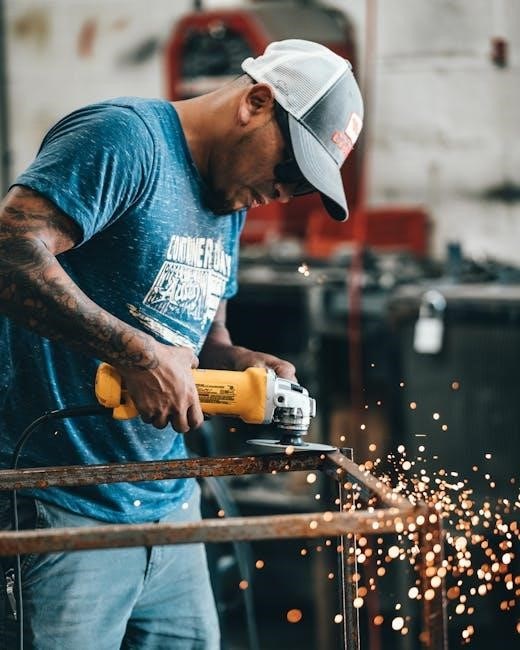
Surface Preparation
Proper surface preparation is critical for ensuring a strong and durable bond when using J-B Weld. Begin by thoroughly cleaning the surface to remove dirt, grease, oil, or rust. Use a wire brush or sandpaper to roughen the area, creating a better texture for the adhesive to grip. Once clean, wipe the surface with a solvent like acetone or isopropyl alcohol to remove any remaining contaminants. Allow the surface to dry completely before applying J-B Weld. A clean, dry, and roughened surface ensures maximum adhesion and prevents the bond from failing. This step is essential for achieving professional-grade repairs with J-B Weld.
3.1 Preparing Surfaces for Application
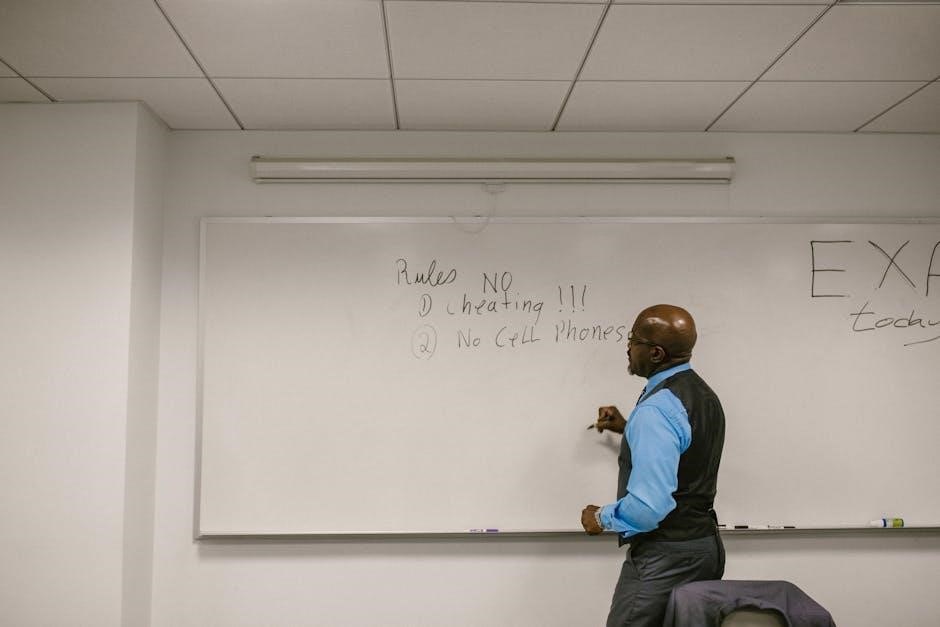
Surface preparation is a critical step in ensuring the success of your J-B Weld application. Properly preparing the surfaces to be bonded or repaired is essential for achieving a strong, durable, and long-lasting result. Whether you’re working with metal, plastic, wood, or another material, the surface must be clean, dry, and free from contaminants. This section will guide you through the steps to prepare your surfaces effectively for J-B Weld application.

The first step in surface preparation is to clean the area thoroughly. Remove any dirt, grease, oil, or other substances that may interfere with the adhesive properties of J-B Weld. Use a mild detergent and water to scrub the surface, then rinse it with clean water. For tougher contaminants like grease or oil, consider using a solvent such as acetone or isopropyl alcohol. These solvents evaporate quickly and leave no residue, making them ideal for this step.
Next, remove any rust or corrosion from the surface. J-B Weld adheres best to clean, solid material, and rust or corrosion can weaken the bond. Use a wire brush or sandpaper to scrub away any rusty or flaking areas. For more severe rust, you may need to use a chemical rust remover or replace the affected material entirely. Once the surface is free of rust, wipe it down with a clean cloth to remove any dust or debris generated during the process.

After cleaning and removing rust, roughen the surface to create a better texture for the J-B Weld to adhere to. Smooth surfaces can be difficult for the adhesive to grip, so lightly sanding or scratching the area with sandpaper or a file will improve the bond strength. For metal surfaces, a light sanding with medium-grit sandpaper (such as 80-100 grit) is sufficient. For plastics or other materials, a gentle scratching with a utility knife or sandpaper can also work well.
Once the surface is clean, rust-free, and properly roughened, perform a final cleaning to remove any dust or particles created during the preparation process. Use a clean, lint-free cloth or paper towel dampened with a solvent like acetone or isopropyl alcohol to wipe down the area. Avoid using tissues or cotton cloths, as they may leave behind fibers that could interfere with the adhesive.
Allow the surface to dry completely before applying J-B Weld. Any moisture or solvent residue can prevent the adhesive from curing properly, leading to a weak or failed bond. Depending on the solvent used, drying times can range from a few minutes to an hour. Be patient and ensure the surface is completely dry and free of any humidity or condensation.

For materials like plastic or wood, additional preparation steps may be necessary. For example, plastics may require light sanding or the use of a primer to improve adhesion, while wood surfaces should be sanded smooth and free of splinters. Always consult the specific instructions for the type of material you’re working with to ensure the best results.
